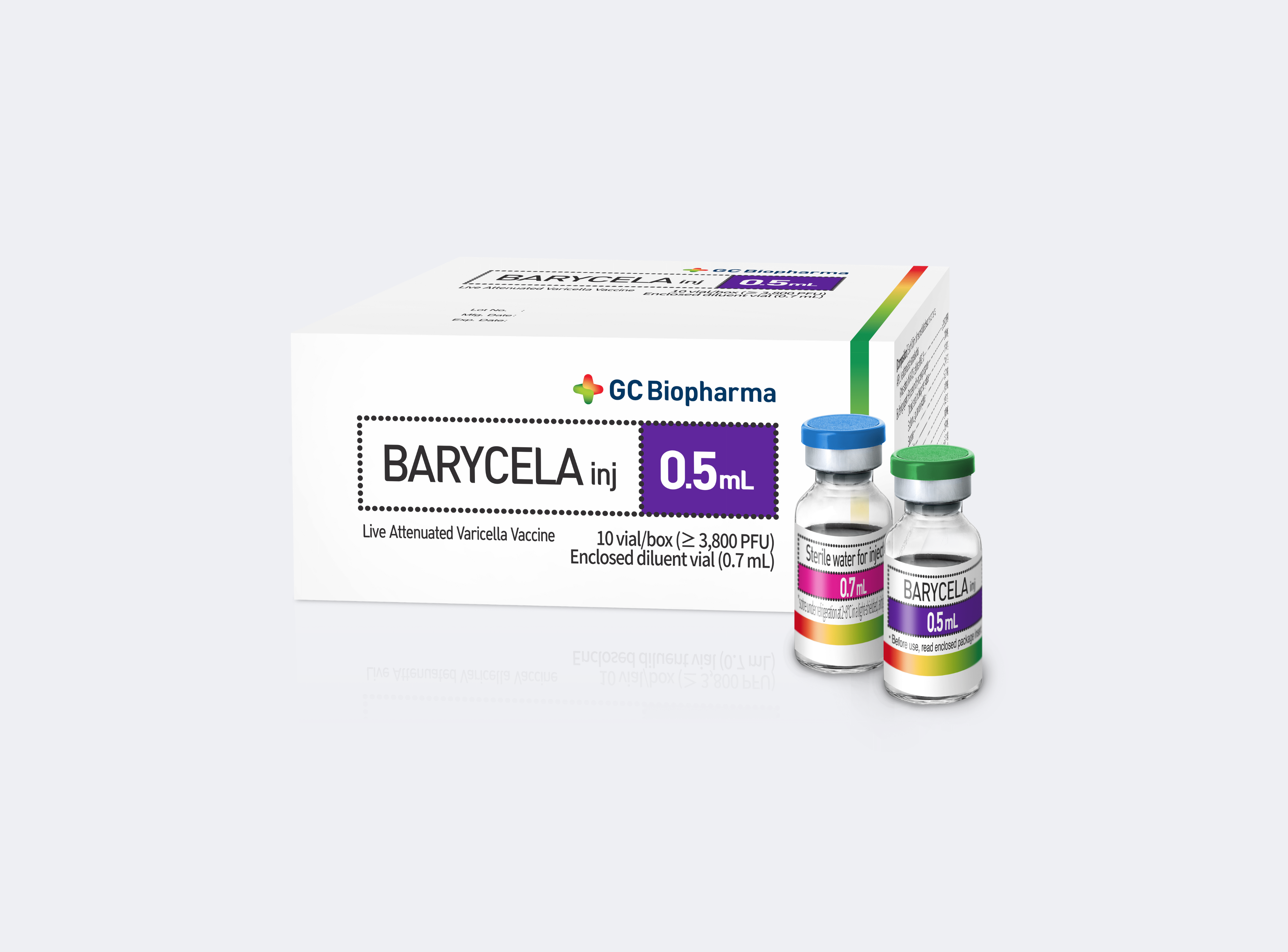Purified tetanus antitoxin serum (SAT) is a clear or pale yellow solution, derived from equine plasma after immunization, containing specific antibodies against tetanus toxin.
COMPOSITION:
- Tetanus antitoxin globulin ………………………………………. 1500 IU
- Non-protein nitrogen ……………………………………………. ≤ 150 mg/ml
- Total nitrogen ……………………………………………………… ≤ 15 g%
- Merthiolate (preservative) …………………………………….. ≤ 0.01 g%
- Sodium chloride (buffer) ……………………………………….. 0.85 – 0.9 g%
INDICATIONS:
- Prophylaxis of tetanus following wounds or animal bites.
- Treatment of patients with clinical tetanus.
CONTRAINDICATIONS:
- History of hypersensitivity to equine-derived tetanus antitoxin serum. In such cases, if administration is mandatory, human-derived tetanus immunoglobulin (TIG) should be used.
- Pregnancy.
DOSAGE AND ADMINISTRATION:
Route of administration: Intramuscular injection.
Dosage:
- Prophylaxis after injury:
The Besredka desensitization method must be used: inject 0.1 ml, wait 30 minutes; inject 0.25 ml, wait 30 minutes; if no reaction occurs, administer the remaining dose.
The usual prophylactic dose in adults and children is 1500 IU, administered as soon as possible after injury.
The dose may be doubled in high-risk wounds, delayed prophylaxis, or in individuals with large body mass. - Treatment of tetanus:
Although the optimal therapeutic dose has not been established, the recommended dose for adults and children is 3000 – 6000 IU.
– Neonatal tetanus: 5000 – 10000 IU.
– Children and adults with severe tetanus: 50000 – 100000 IU, half the dose administered subcutaneously and the other half intramuscularly.
ADVERSE REACTIONS:
- Individuals with atopic predisposition or repeated exposure to equine serum are at higher risk of hypersensitivity reactions, including urticaria, pruritus, angioedema, nephritis, or in severe cases anaphylactic shock.
- Allergic reactions may occur immediately after administration, several hours later, or 7–10 days post-injection.
DRUG INTERACTIONS:
- SAT does not interfere with the immune response to tetanus toxoid or adsorbed tetanus toxoid.
- Active immunization with tetanus toxoid should be performed concurrently with passive immunization using SAT. However, SAT must not be mixed in the same syringe or injected at the same site as tetanus toxoid or adsorbed tetanus toxoid, due to possible neutralization of the toxoid.
- Antibodies in SAT may interfere with the immune response to certain live attenuated virus vaccines (e.g., measles, mumps, rubella). In general, such vaccines should be postponed for at least 3 months after SAT administration. If urgent vaccination is necessary, the live attenuated vaccine should be administered at a separate site, distant from the SAT injection. If there is no clear serological evidence of vaccine response, a booster dose of the live vaccine should be given 3 months later.
- Being an immunoglobulin preparation, SAT does not affect the immune response to live oral poliovirus vaccine, yellow fever vaccine, or oral typhoid vaccine (Ty21a). These may be administered concurrently or before/after SAT.
PRECAUTIONS AND WARNINGS:
- Carefully assess the patient’s allergy history; ensure emergency drugs and equipment for anaphylaxis management are available.
- Perform a hypersensitivity (skin) test prior to administration.
- Patients with no prior exposure to equine serum may receive the full dose at once.
- Patients with positive hypersensitivity test results must be desensitized using the Besredka method: inject 0.1 ml intramuscularly or subcutaneously, observe for 30 minutes; if no reaction, inject 0.25 ml, observe for 30 minutes; if no reaction, administer the remaining dose.
- Antihistamines may be administered prior to injection if necessary.
- Lactation: no data available.
OVERDOSAGE AND MANAGEMENT:
Report immediately to the physician any adverse reactions encountered during use.








